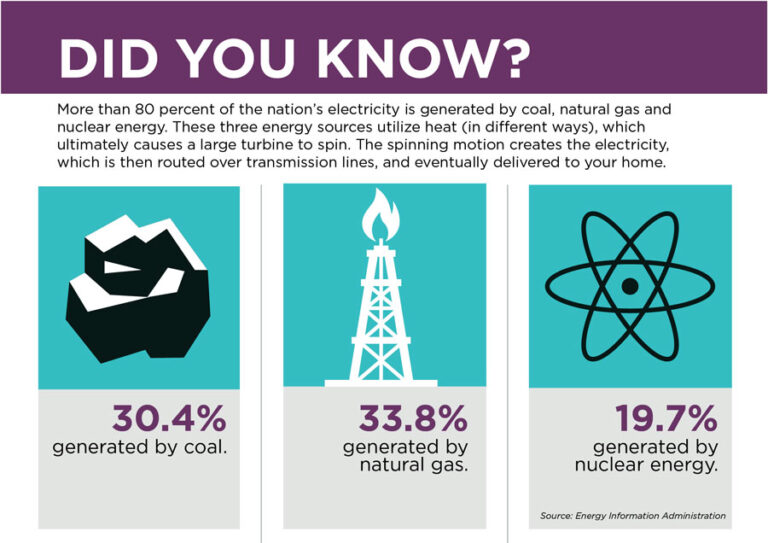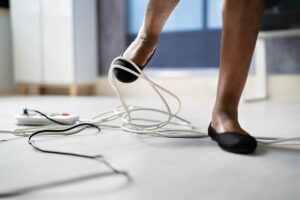
In the dead of winter layers upon layers of ice can collect on trees and spread slowly over power lines. One inch of ice on a single span of electric wire weighs as much as 1,250 pounds – a force capable of causing far more damage than wind as the weight drives tree branches and power lines to the ground.
Winter ice storms and blizzards can lead to temporary power loss. Illinois’ electric cooperatives routinely trim back foliage and remove trees hovering dangerously close to power lines to prevent outages, a process called right-of-way maintenance. But when nature prevails, your cooperative’s line workers, engineers and other employees are standing by around the clock, ready to take action to get your lights back on.
First things first: report your outage by calling your co-op. Then it’s a matter of waiting until repairs can be made.
Ever wonder how your co-op decides where to start restoring power? When a cooperative’s staff begins assessing storm damage, they focus on fixing the biggest problems first, prioritizing repairs according to how quickly and safely they can get the most homes back into service.
Step one: Clearing the path
Transmission lines must both be inspected for damage and repaired before any other efforts take place. If the substation linked to your area’s power supply has been damaged, it doesn’t matter if lineworkers repair every problem near your home—the lights will stay dark.
Step two: Bulk efforts
After restoring the flow of power to local substations, your co-op focuses on getting power back to the greatest number of members. You might live on a farm with neighbors a mile or two away, or you could live in a neighborhood surrounded by 10 or 20 homes. Folks in neighborhoods will likely see power return before members in remote areas. Line repairs are once again prioritized by the number of members who benefit.
Step three: One-on-one
After fixing damage blocking power from large pockets of members, the focus turns to repairing service lines. These lines deliver power to transformers outside homes and businesses. This is the final stage of power restoration, requiring a bit more patience.
Individual households may receive special attention if loss of electricity affects life-support systems or poses another immediate danger. If you or a family member depend on special medical equipment, call your co-op before an emergency arises.
Still in the dark?
If you notice your neighbors have power while you remain out of service, there might be damage between your home and the transformer on a nearby pole. If you didn’t report your outage earlier, be sure to call your co-op so a line crew can make repairs.
Stay safe!
After a severe storm, broken power lines may land on the ground or in roadways. Stay away from all fallen power lines and report them to your co-op. Electricity could still be flowing through the line, making them dangerous.
If using a portable generator, connect equipment you want to power directly into outlets on the generator with a properly rated extension cord. Remember—never operate a generator inside your home or connect a generator directly to your home’s wiring unless your home has been wired for generator use. Lineworkers’ lives could be put in danger from power backfeeding onto electric lines. Some folks want the convenience of hooking up a generator directly to their home. Connecting the generator to your home’s circuits or wiring must be done by a qualified, licensed electrician who will install a transfer switch to prevent backfeeding.
Be prepared
It’s good to be prepared by storing a few basic items in your home. You should have at least a three-day supply of water on hand, one gallon per person per day. It’s also a good idea to have a three-day supply of non-perishable, high-energy food such as protein bars, breakfast bars, and canned food.
To learn more about how to prepare for storms and other emergencies, visit www.redcross.org/domore.
Source: American Red Cross, Federal Emergency Management Agency, National Rural Electric Cooperative Association









